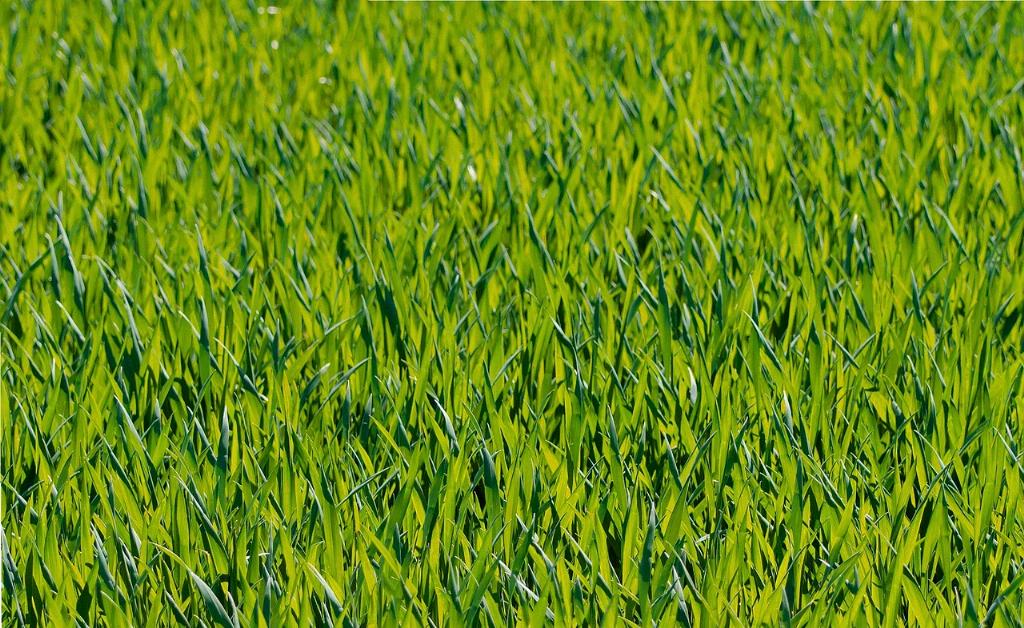Dealing with grubs in your lawn can be a frustrating issue for any homeowner. These underground pests can wreak havoc on your grass, causing brown patches and thinning areas. However, there are effective ways to treat your lawn for grubs and restore its health.
Identifying the Problem
Before you can effectively treat your lawn for grubs, it’s important to confirm their presence. Signs of a grub infestation include browning or wilting grass, spongy areas underfoot, and an increase in skunk, raccoon, or bird activity as they feed on the grubs.
Neem Oil: Your Natural Solution
When it comes to combating grubs in your lawn, neem oil can be your best friend. Not only is neem oil an effective pesticide against grubs, but it’s also safe for beneficial insects like pollinators. To create a DIY neem oil solution, mix the oil with water as directed on the label.
Application Method
To apply the neem oil solution to your lawn, you can use a pump sprayer or a hose-end sprayer for even distribution. It’s recommended to spray the solution in late summer or early fall when grubs are most active near the soil surface.
Maintaining Consistency
Consistency is key when treating your lawn for grubs. Repeat the neem oil application as necessary following the label instructions to ensure that you target newly hatched grubs and prevent future infestations.
Preventive Measures
Aside from treating existing grub issues, implementing preventive measures can help protect your lawn from future infestations. Practices such as proper lawn maintenance, including regular watering and mowing, can promote a healthier turf that’s more resistant to grub damage.
Beneficial Nematodes
Another natural solution for grub control is using beneficial nematodes. These microscopic organisms prey on grubs in the soil, effectively reducing their population without harming other beneficial insects or plants in your lawn.
Aeration and Dethatching
Aeration and dethatching your lawn can also aid in grub prevention. By improving soil drainage and reducing thatch buildup, you create an environment that’s less hospitable to grubs and encourages the growth of a healthy root system.
Professional Help
If you’re facing a severe grub infestation or struggling to control the problem on your own, don’t hesitate to seek professional help. Lawn care experts can assess the situation, recommend tailored treatments, and provide ongoing maintenance to keep your lawn grub-free.
Environmental Impact
When choosing a treatment for grubs in your lawn, consider the environmental impact of the products you use. Opting for natural solutions like neem oil and beneficial nematodes not only effectively control grubs but also minimize harm to the ecosystem.
Monitoring and Evaluation
After treating your lawn for grubs, it’s essential to monitor the results and evaluate the effectiveness of your chosen method. Keep an eye on the condition of your grass, watch for signs of grub activity, and make adjustments to your treatment plan as needed.
Conclusion
In conclusion, treating your lawn for grubs requires a multi-faceted approach that combines natural remedies, preventive measures, and consistent maintenance. By identifying the problem, using neem oil and beneficial nematodes, and implementing good lawn care practices, you can effectively control grub infestations and restore the health of your turf.

